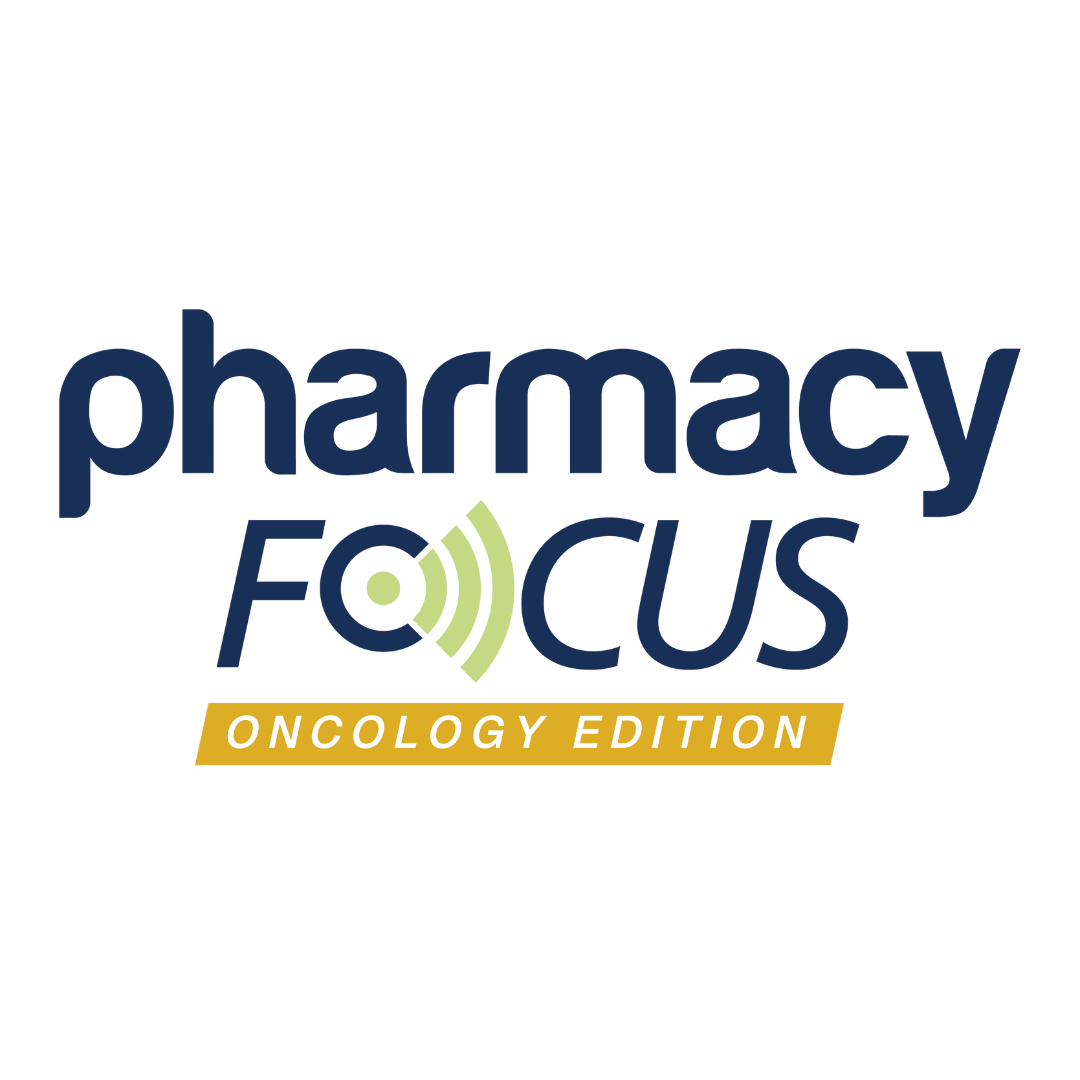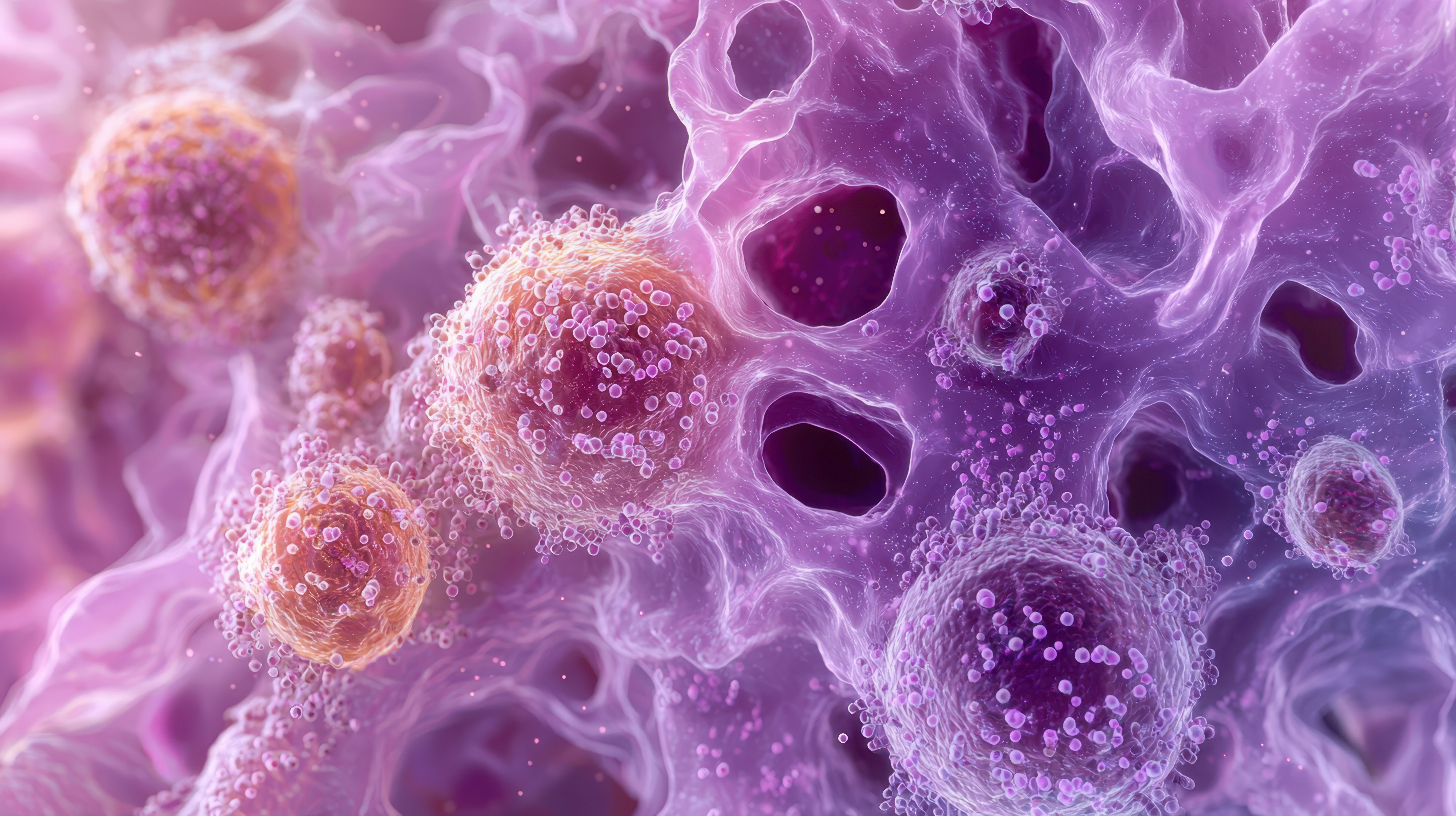News
Article
Topical Drug Delivery May Offer Welcome Alternatives for Breast Cancer Treatment
Author(s):
Key Takeaways
- Topical drug delivery systems aim to enhance localized breast cancer treatment while reducing systemic side effects.
- Innovative delivery methods include transdermal, iontophoresis, transfersomal formulations, and nanotechnology-based approaches.
Topical, targeted drug delivery increases drug concentrations at the desired site while also reducing toxicity and unwanted adverse effects.
In 2022, more than 650,000 individuals worldwide died of breast cancer making it one of the most extensive malignancies.1 This highlights the crucial need for more advanced and effective therapies.
Most breast cancers remain localized and do not metastasize. The primary goal of treatment is to increase effectiveness of existing therapies and reduce adverse effects. Recently, trials have examined the potential for topical drug delivery systems or vehicles to treat localized malignancies. Topical drug administration is designed to simultaneously target the affected area and reduce systemic involvement. A recent review examined current literature on these innovative topical treatments.2
New treatment delivery systems can improve outcomes | Image credit: Gorodenkoff | stock.adobe.com

Currently available medications for breast cancer treatment and prevention come with a multitude of adverse effects resulting in long-term complications, neuropathies, psychological stress, and an overall reduction in quality of life for patients. The review included trials that examined the possibility of alternative drug delivery routes including transdermal, iontophoresis, transfersomal formulations, nanogels, microneedles, and liposome nanoparticles. Breast cancer medications studied included 5-fluorouracil, α-santalol, celecoxib, cisplatin, miproxifen phosphate, raloxifene, telapristone acetate, and tamoxifen.2
The trials included in the review revealed interesting characteristics of these medications and their capabilities when applied topically or when in an altered delivery form. For example, using 1% oleic acid as a vehicle in a formulation of endoxifen (a tamoxifen metabolite) significantly improved its penetration and tissue absorption in an in-vitro evaluation in human epidermis.2
Similarly, an emu oil-enhanced transfersomal (artificial vesicle) formulation showed equivalent efficacy in reducing tumor volume and necrosis when compared to oral tamoxifen in mouse models of breast cancer. The transfersomal formulation also resulted in lower plasma concentrations than oral tamoxifen, reducing systemic adverse effects.2
The unique anatomy of the breast gave the researchers an advantage when developing new delivery systems. Compared with skin, the nipple-areola complex naturally has a thinner epidermis. Additionally, the nipple-areola structure contains a variety of glands which can be used as ducts, giving medication a direct route to the surrounding breast tissue. This is a major advantage when the malignancy is in local breast tissue. An in vivo test of 5-fluorouracil applied topically to rat nipples showed a higher concentration in breast tissue than with intravenous or transdermal application. This shows the potential for the nipple as localized administration to the breast.2
Furthermore, using iontophoresis increased drug delivery of miproxifen phosphate directly to the lactation ducts of rat epidermis and resulted in greater drug availability at a lower dosage in the mammary tissue. Iontophoresis is a novel drug delivery system that uses electrical stimulation, applying a negatively or positively charged current to skin treated with a medicated solution with the same polarity. These results show the potential for this system for targeted therapy.2
These fascinating studies reveal the groundbreaking research occurring in breast cancer treatment. The underlying takeaway is that topical, targeted drug delivery increases drug concentrations at the desired site, while also reducing toxicity and unwanted adverse effects. The hope is that this type of research will continue and will result in a variety of topical formulations and systems, giving future patients with breast cancer alternatives to traditional systemic medications. This type of innovation would markedly improve outcomes and quality of life for breast cancer patients.
REFERENCES
1. Breast cancer. World Health Organization. March 13, 2024. Accessed January 31, 2025. https://www.who.int/news-room/fact-sheets/detail/breast-cancer
2. Thilagam NBS, Karthik V, Gnanasambandan R et al. A comprehensive review on current knowledge and future potential of topical therapies in breast cancer treatment. Eur J Breast Health. 2025;21(1):9-15. doi:10.4274/ejbh.galenos.2024.2024-9-9
Newsletter
Stay informed on drug updates, treatment guidelines, and pharmacy practice trends—subscribe to Pharmacy Times for weekly clinical insights.





